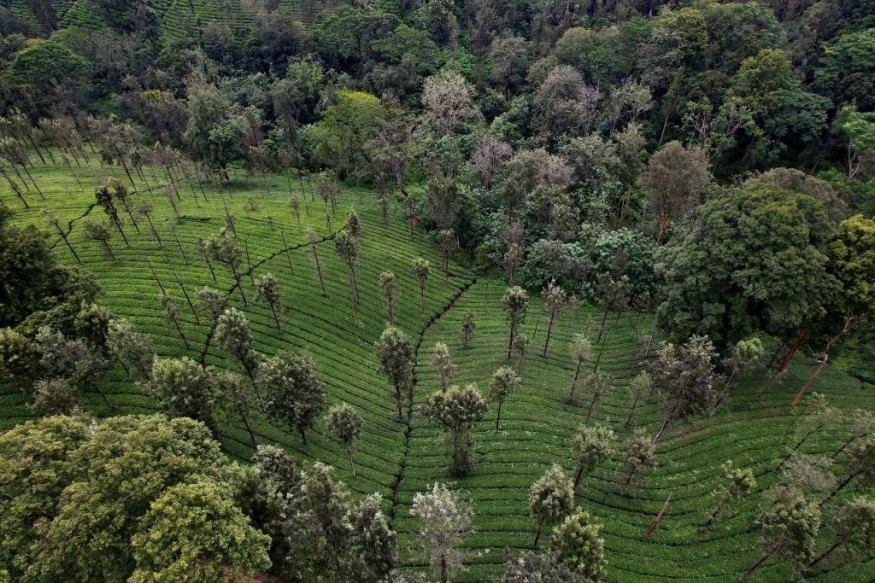
A new study demonstrates that human activity is not always harmful to biodiversity and may even allow species to coexist in specific situations.
Encouraging Effect On Biodiversity
Human presence is typically connected with detrimental effects on flora and fauna, and our species has clearly had a negative impact on biodiversity over time.
However, in the study published in the Journal of Archaeological Method and Theory, a team of researchers from the University of Copenhagen and the University of Turin discovered that some human activities may have had an encouraging effect on biodiversity through the modification of specific ecosystems.
The ecosystem under concern is eastern Jordan's Shubayqa wetlands, which are only flooded seasonally. However, recent evidence has demonstrated that water was likely present for much of the year, implying that ducks and other species could live there all year provided they had a suitable habitat, according to zooarchaeologist Lisa Yeomans of the University of Copenhagen.
The team's excavations at the Shubayqa sites have revealed evidence that the Neolithic peoples who lived there for longer or shorter periods of time not only harvested emergent flora from the wetlands but also hunted waterfowl and collected their eggs and feathers.
The archeological record contains eggshells and bones of immature ducks and swans, indicating that these birds remained in the wetlands to reproduce rather than traveling to Europe.
"We know that the modern descendants of these birds can stay and breed in the region, but only if the environment is suitable for them, and we think that human management of the wetland vegetation did provide suitable ecological niches for them through harvest of the vegetation," Yeomans said.
Understanding the connection between wetland productivity cycles and waterfowl ecology leads experts to believe that human environmental alterations may have increased wetland productivity, allowing waterfowl to stay year-round.
Within this "mutual ecology" environment, feedback from all species' agencies is implicated in the formation of the human niche.
Read Also : Human Activity Hastens Climate-driven Weather Catastrophes Like Drought, Flood, and Thunderstorms
Intentional Wetland Management
The archeological cultures studied by the researchers occurred at a time when people were only beginning to develop agriculture.
Recent research has suggested that habitat modification efforts such as those observed at the Shubayqa wetlands in eastern Jordan may have played a significant role in this process.
Scientists know that agriculture emerged in the region not long after these cultures, and they believe that intentional wetlands management was a critical step in this process.
According to anthropologist Camilla Mazzucato, the work put into altering the wetlands paid off by providing better feeding possibilities for birds, eggs, and feathers.
Novel paleoproteomic techniques were developed to identify eggshell species. Breeding waterfowl at Shubayqa demonstrates that water is present all year at the marsh.
This has prompted scientists to explore the agency of people and other species in manipulating the environment and move away from simply deterministic explanations of climate-driven innovation.
"For millennia humans and animals have co-inhabited different environments adapting to the presence and actions of one another, and this cohabitation has, we argue, been crucial for innovations that subsequently led to the advent of agriculture," she added.
Related Article : Human Activity Threatening the 'Last Wilderness on Earth'
© 2025 NatureWorldNews.com All rights reserved. Do not reproduce without permission.





